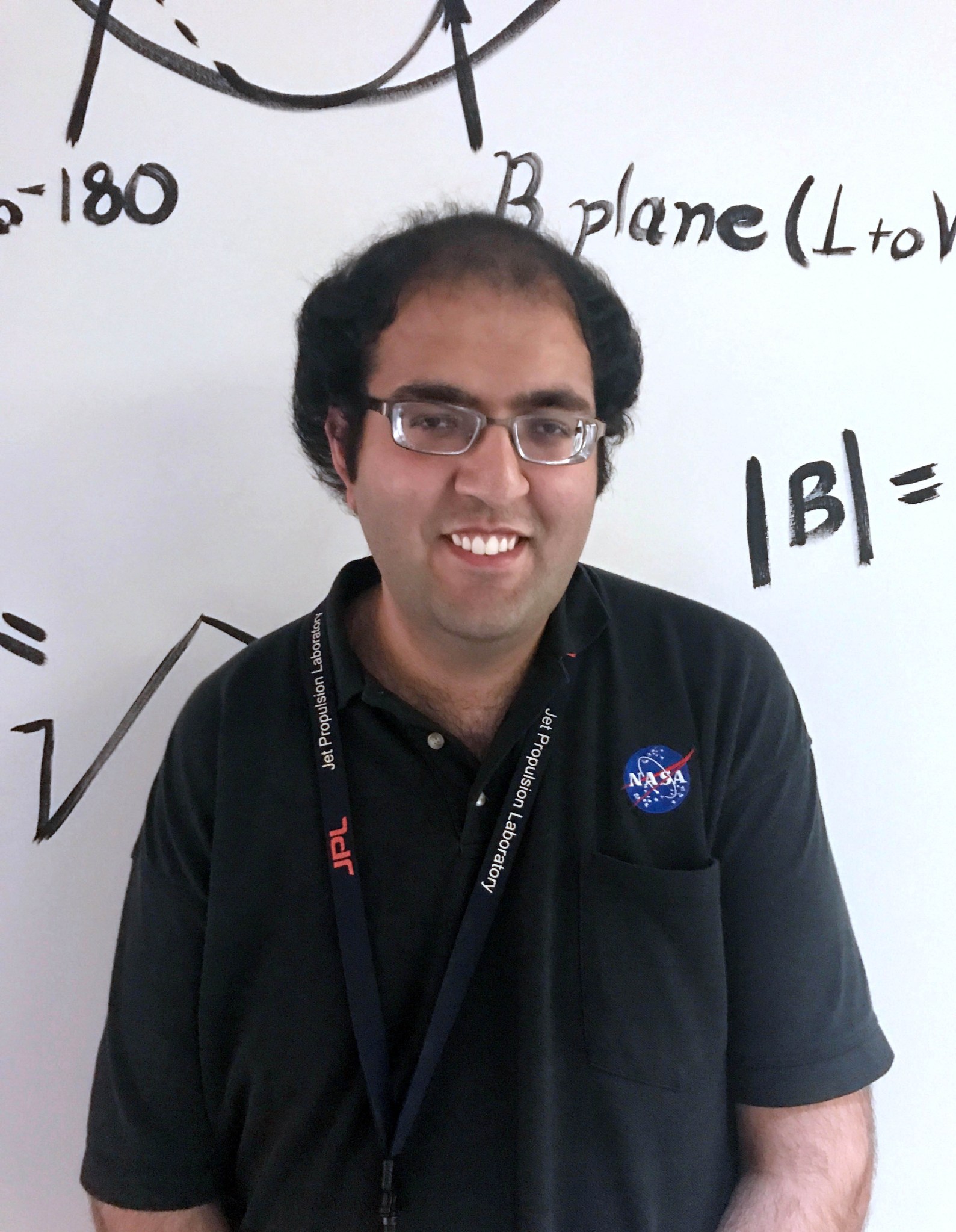Bhanu Kumar
Georgia Insitute of Technology
Modern results in chaos theory have shown that many systems, including the n-body problem (n > 2), demonstrate complex behavior which is extremely sensitive to initial conditions. Recently, there has been major progress in quantifying such complicated motions; the trajectories can be understood by studying a network of invariant objects which the orbits move around. When some of the amplification of perturbations predicted by chaos theory happen in a direction needed for the goals of a mission, a small delta V at a carefully chosen time can have a large beneficial effect. This proposal aims to map out and characterize the geometric structures organizing sensitivity to initial conditions in some multi-body systems of interest. Combining this knowledge with the use of small impulsive maneuvers, we aim to design more efficient trajectories in these systems, especially for orbits traveling near a single resonance or transitioning between different resonances.
Among the most important geometric objects organizing instabilities are normally hyperbolic invariant manifolds (NHIM); a type of instability known as diffusion is often observed near these structures. The first step in this project will be to identify NHIM’s and other relevant structures near resonances of interest, and to mathematically investigate the specific mechanisms by which diffusion occurs at each resonance. Subsequent work will be done to find small maneuvers that decrease the time of flight required to move through these low-energy trajectories. The final component of this research will be the development of software and code to implement the mission design algorithms found in the previous parts of the project. These low-energy trajectory design methods are of possible use in the design of tours of planetary systems, such as the moons of Jupiter or Saturn, as well as potentially enabling new missions for deep space cubesats and other propellant-limited spacecraft.





























